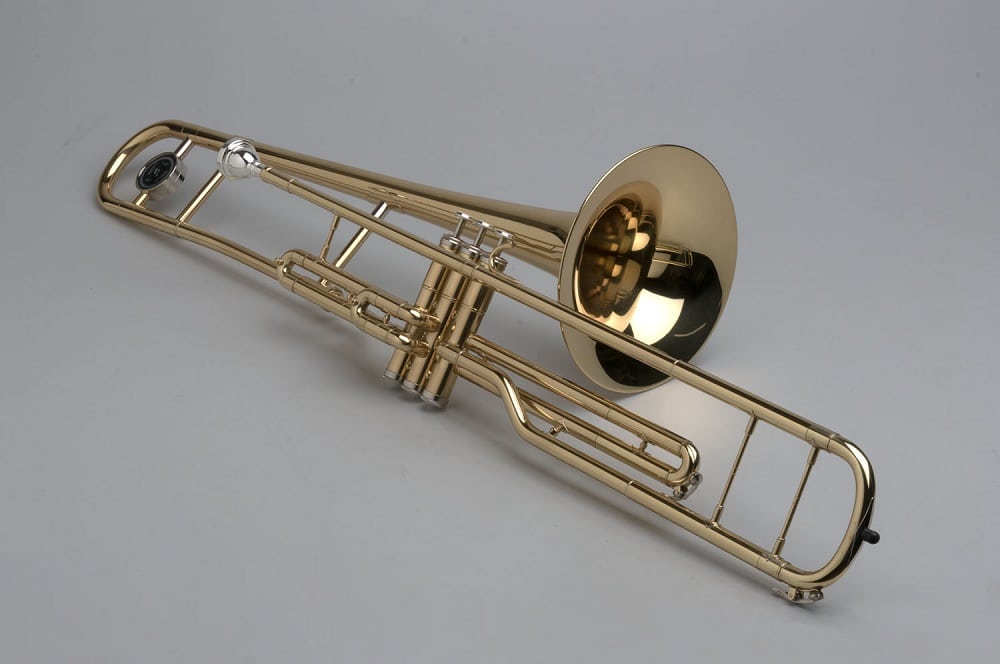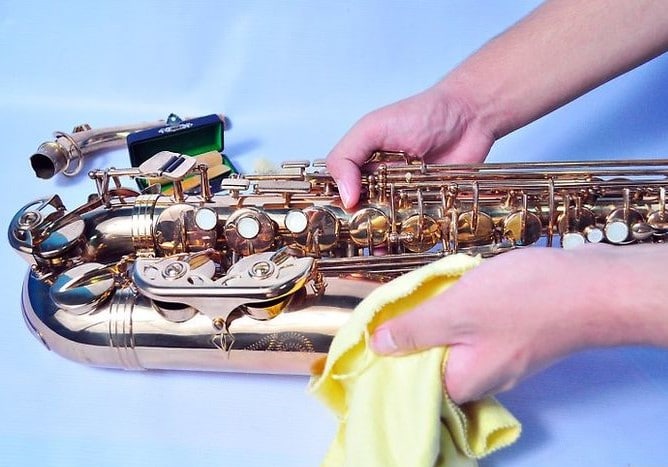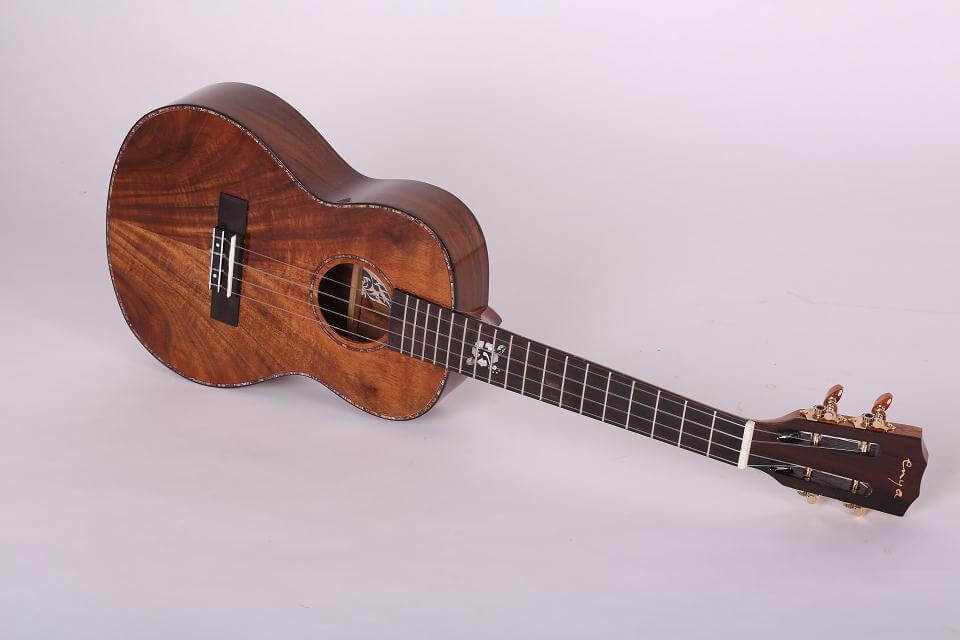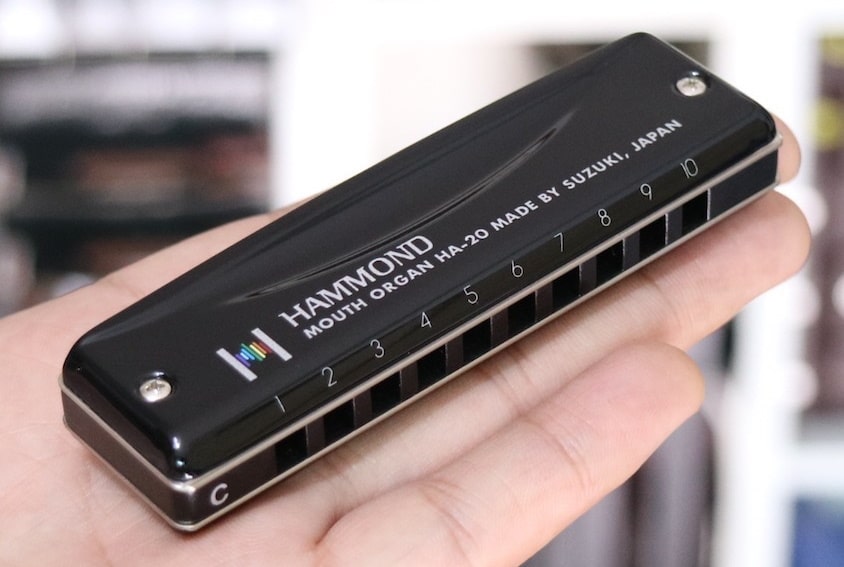A cello is a lovely instrument that evokes deep emotions when played. However, like any instrument, it too can become out of tune. For those beginners out there, understanding how to tune a cello can become a bit confusing. While there is a basic way to tune cellos, there are also multiple different methods with a wide variety of tools. However, have no fear as we’ll walk you through all the steps you need to take to tune your cello. Along the way we’ll craft some easy to understand professional tips. In no time at all your cello will be back to perfection and you can serenade others with the dulcet sounds of your cello.
As there is a lot of technical jargon with musical instruments, you might come across the phrase standard tuning Trusted Source Standard tuning - Wikipedia In music, standard tuning refers to the typical tuning of a string instrument. This notion is contrary to that of scordatura, i.e. an alternate tuning designated to modify either the timbre or technical capabilities of the desired instrument. en.wikipedia.org . This is the sequence of strings that you go through to tune a musical instrument. The sequence varies for each instrument, whether it is a violin or a guitar, and it can be hard to remember.
For cellos, the standard tuning is CGDA. In essence, you would start by tuning the C string and then move on to the next strings. The largest string on a cello is the C note, while the smallest string is the A note.
Beginner cello players should definitely start with fine tuners when they are tuning their instrument. Unlike pegs they are slightly more forgiving and easier to work with. However, not all cellos will have fine tuners because they are relatively new invention. You will find fine tuners at the bottom of your cello, where the strings end.
Fine tuners have screws which are pretty easy to adjust. If you want to sharpen the pitch of a string, then turn your tuner clockwise. If you want to flatten the pitch of a string, then turn your tuner
Basically, use fine tuners to gently tighten or loosen your cello strings. If your cello is vastly out of tune, however, you will need to use another method.
Have a look at your cello. You will find that the strings end at the top on a peg box. Each string is actually threaded through a hole and then wound around a peg in order to be tightened. Each peg needs to be turned so that the strings end up over them and not under them.
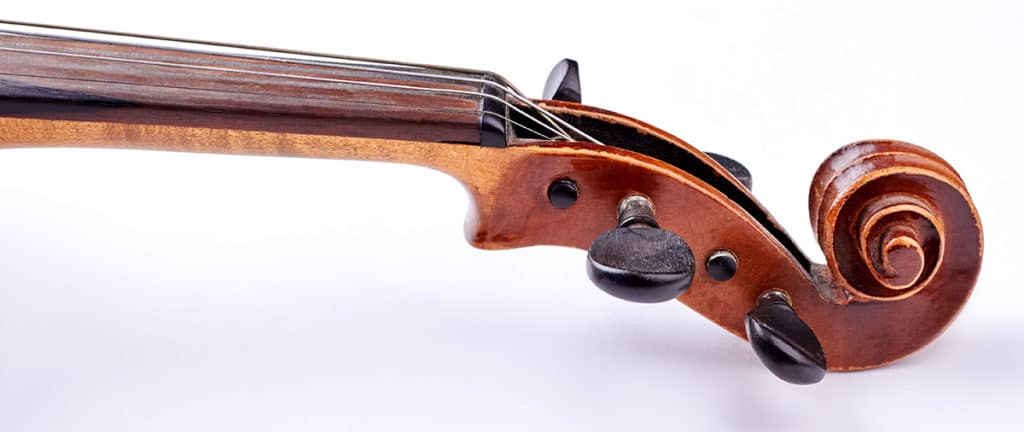
While it can be hard to use tuning pegs, with a bit of practice you will get there. Start by going slowly. If you turn the pegs too hard or too quickly, unfortunately the strings can actually break.
Knowing how to tune a cello with pegs is important but it is usually the last step and only done if your string is really loose. Be sure to start with the fine tuners first.
Thanks to modern technology, you can use a digital tuner for your cello. While they might seem a bit complicated at first, even beginners who want to tune their cello will quickly be able to master this strategy.
The first step in understanding how to tune a cello with a digital tuner is to purchase a digital tuner. Thankfully, these are easily found in your local music store or online. They aren’t expensive and because you will have to tune your cello often, they are a good investment.
Turn your tuner so you can see the screen. If this is too cumbersome, you can always set up a music stand to place your tuner on. You may also have a model that actually clips right onto your cello.
Using a digital tuner is the same process as any tuner. Be sure to start with one strong at a time, beginning on the left side. Play a string with your bow positioned between the bridge and the fingerboard.
As you play a sting, watch the digital tuner’s display. There will be a meter line which should stop in the center and show what is the proper note. Adjust the tuning pegs and play the note again. Repeat this step until the digital tuner shows your note is perfectly aligned.
If you have a smartphone, a quick search will come up with many tuning apps. They work just like digital tuners do and as a bonus many of them are free to download.
Similar to a digital tuner, set up your smartphone so you can see the screen. Unfortunately, your phone probably doesn’t have a clip on it but as long as it is close to your cello it will work just fine.
Again, start with each individual string. Play string with your bow and monitor the app to see what adjustments need to be made.
While tuning forks are not recommended for beginners, there are a useful, and fun, tool for advanced players. Tuning forks have been around for centuries and they still exist today for the simple reason that they work. If you’re ready to tackle this revolutionary device, here are the steps you need to take.
To begin with, a tuning fork is meant to vibrate at a specific frequency, namely 440 Hz. This is also known as Concert A. You will need a tuning fork for the next steps, but not only are they easy to find but they are also quite affordable. For example, you can find a tuning fork online or at your local music shop.
You will want to hit your tuning fork in order for it to vibrate at an “A” frequency. Take the prong and hold it by the stem. Then, hit it against your knee. You never want to hit your tuning fork against a hard surface as this could actually crack it. If you don’t want to hit the fork against your body, you could try a rubber surface instead.
Once the tuning fork is vibrating, bring it to your cello’s bridge. It needs to actually touch the wooden area here. The vibrations from the tuning fork will then travel through the cello and amplify any sounds.
As your tuning fork is vibrating, play the A string on your cello. Then, adjust the string so that it matches the sound of the fork. You may have to play your cello softly so you can hear both it and the tuning fork.
Once a proper A note has been achieved, you can move on to tune the rest of your strings. Because a tuning fork only produces an A note, you need to know what the other strings should sound like in comparison. This is why tuning forks are only recommended for advanced players as beginners won’t have this sound knowledge.
Before you get started tuning your cello, here are a few more tips for you. Your cello is an expensive instrument, and you want to take the best care of it possible. The better care you take of your cello, the better it will sound. If you find that you don’t like the upkeep of such an instrument, you can always try out a digital piano, instead.
Work with an experienced cello player
Beginners shouldn’t try to tune their cello by themselves the first few times. Not only is it a large instrument but tuning takes a lot of practice and be quite overwhelming.
Get the help of a friend or a teacher to walk you through the steps. It’s often helpful to watch someone else perform the task so you can see where they place their instruments and how they hold everything.
If you don’t have access to someone who can help you, there are multiple online videos that will walk you through the process.
You might think that your cello is so out of tune that the strings needs a good tightening. However, the number one rule about tuning your cello is to go slowly. Chances are the strings don’t need to be tightened too much, they may even need to be loosened.
Start with your fine tuners. These screws are more forgiving. But still, go slow and check the tension on your strings. If your strings are still loose, then you will need to move on to your tuning pegs. This is where it can get tricky. You will need to remove the pegs, rotate them, and then push them back into place. It can be hard to get just right.
Again, go slowly. You usually only have to adjust by millimeters to get the sound right.
There’s a perception that you only tune an instrument when it doesn’t work anymore. However, professional musicians know that a solid instrument needs to be tuned regularly. Interestingly, playing your cello and having your cello rest both work your strings and each action (or inaction) necessitates tuning your cello.
Many professionals actually recommend that you tune your cello ever time it has been resting in its case. This is true even if you played in the morning, put your cello away, and then went to play again in the afternoon.
The problem with such frequent tunings is that the strings will only be off by a slight amount and you may not even be able to recognize the sounds with your own ear. In this case, a reliable tuner, such as this option from Snark, will help you adjust your cello so it plays perfectly.
If you are a beginner, tuning your cello so often may in fact be too cumbersome. Having to deal with the technical aspects of tuning cello could take away from the thrill of picking up your bow and playing right away. If this is the case, commit to a more modest tuning schedule. Start with tuning once a week. As you get used to the tuning process, it will become faster, and you will be able to tune your cello every day.
If you have committed to tuning your cello once a week, you might as well take that time to clean it, too. Your cello can accumulate dust or debris, and a quick, weekly clean, will keep it in pristine condition. Start with a cotton cloth that is slightly damp with water. Gently rub the cloth along the wood. If you find that there is a large build up of rosin, then you could use a commercial-grade violin polish.
The best way to preserve your cello is to always put it in its case when not in use. You might think this a bit of a hassle but the more you do it, the more routine it will come.
If you tune a cello too hard, the bridge can actually snap. The bridge is a delicate part of the cello. It isn’t held in place by glue but rather by pressure. As a result, too much pressure by over-tightening your strings can actually snap it. With each tuning session, monitor the bridge and make sure it is secure and in place.
Tuning your cello is an integral part of keeping your instrument ready to play. Without proper tuning, the sounds you produce will definitely not be music to your ears. Furthermore, an untuned cello means that the strings are too tight or too loose, which will damage them. While cello strings will have to be replaced at some point, you don’t want to have to spend extra money unnecessarily. Whether you use a digital tuner or download an app to your smartphone, there are may resources to help you understand how to tune a cello. And, if you become a bit more experienced, you can even use a sophisticated tool like a tuning fork. Keep tuning your cello and you just might become the next Yo-Yo Ma.
